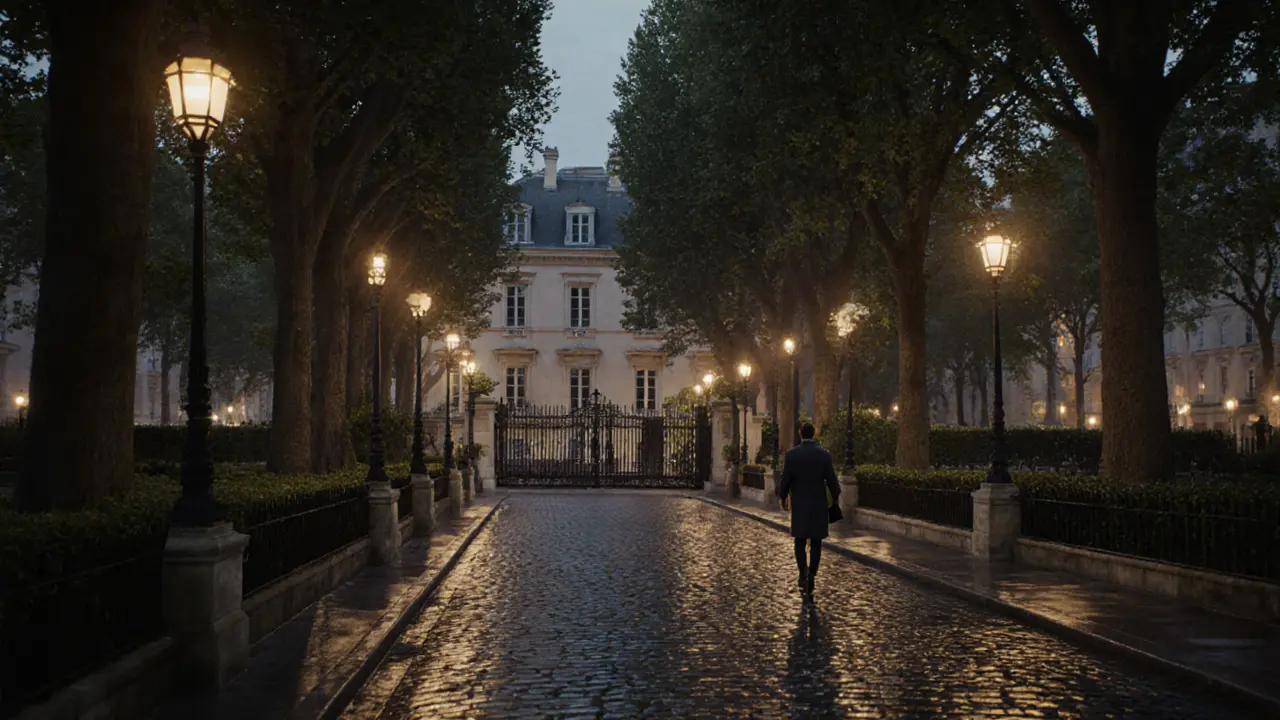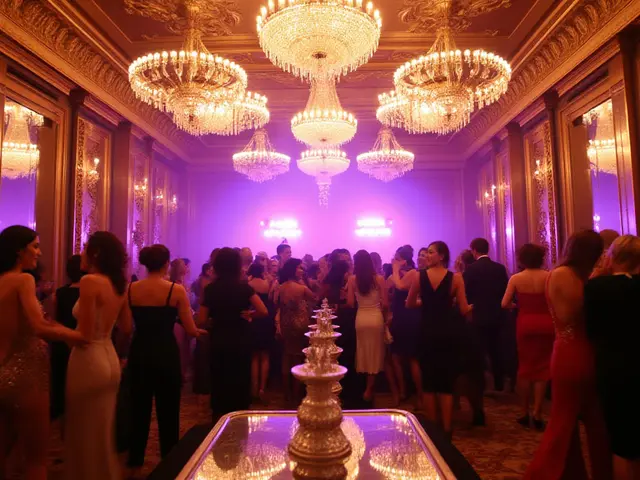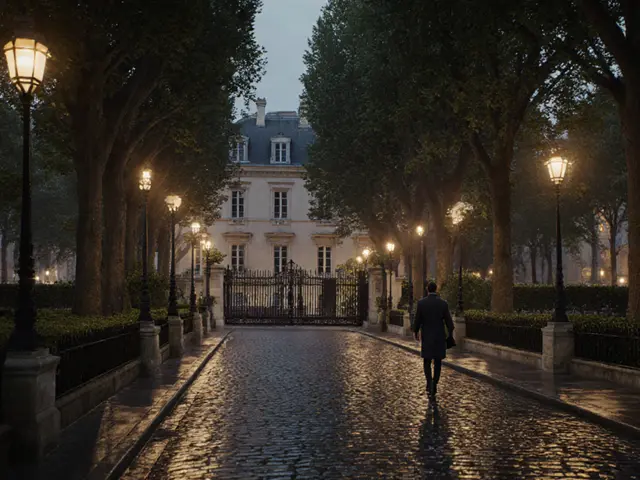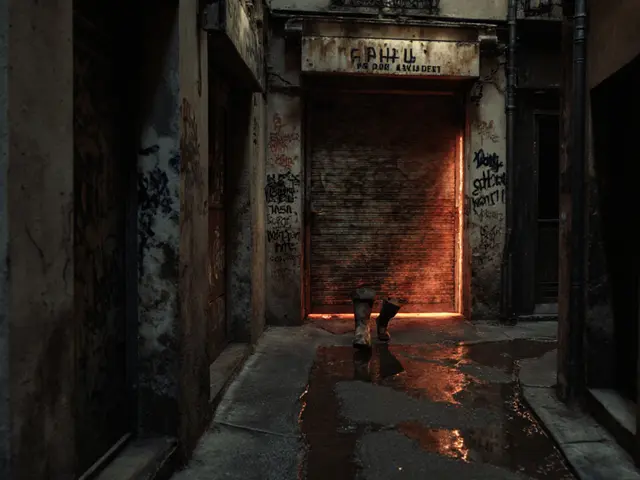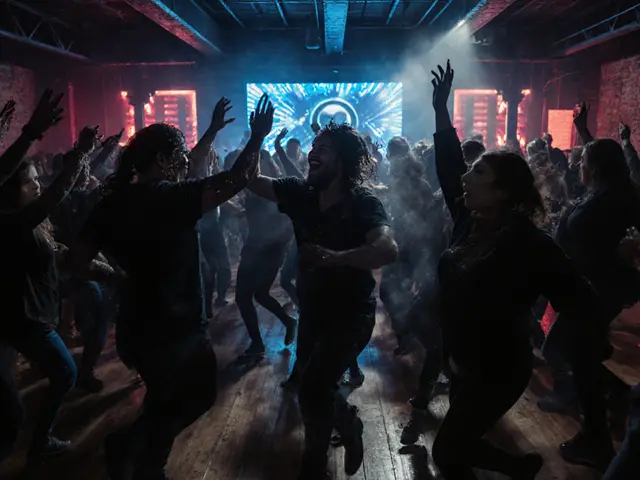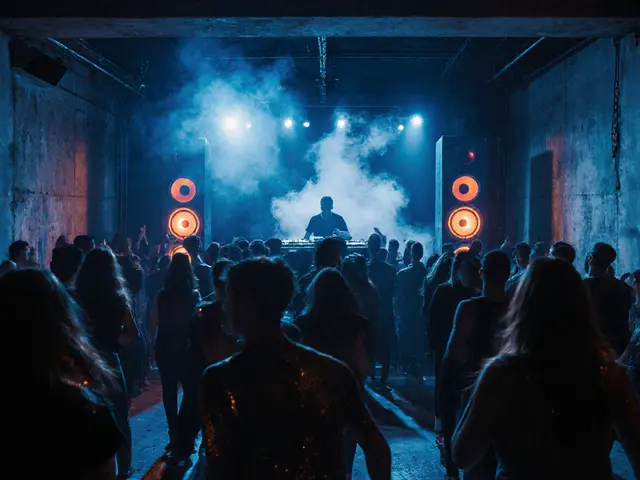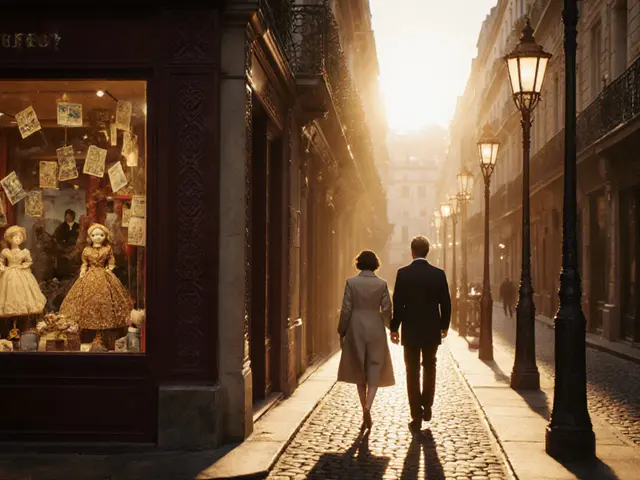You’ve walked past it a hundred times-maybe you thought it was just another quiet street in the 8th arrondissement. But Matignon? It’s not just a street. It’s a secret stage where Parisian elegance, political power, and unspoken fun all share the same sidewalk.
What Exactly Is Matignon Paris?
Matignon is a small, tree-lined street in the 7th arrondissement, tucked between the Élysée Palace and the Hôtel de Matignon. You won’t find it on most tourist maps. But if you know where to look, you’ll spot the grand 18th-century mansion at number 57-that’s the official residence of the French Prime Minister. The building itself is a masterpiece of neoclassical design, with wrought-iron gates, marble columns, and gardens so meticulously kept they look like they’ve been painted.
But here’s the twist: the street isn’t just about politics. Walk down Matignon after sunset, and you’ll see sleek black cars gliding past, discreet valets, and the faint glow of candlelight from hidden restaurants. This isn’t the Louvre or the Eiffel Tower. This is Paris at its most exclusive-where power meets pleasure, and everyone knows the rules without saying them aloud.
Why Matignon Matters (Even If You’re Not a Politician)
Most visitors to Paris chase the obvious. But the real magic? It’s in the places that don’t advertise. Matignon is one of those places. It’s where diplomats sip champagne after closed-door meetings. Where chefs from Michelin-starred kitchens test new menus behind closed doors. Where you might spot a French actress slipping into a private dinner, or a tech billionaire quietly meeting with a minister.
It’s not about being seen. It’s about being in the right place at the right time-with the right people. And that’s the kind of energy you can feel, even if you’re just sipping a coffee outside a tiny boulangerie on the corner.
What You Can Actually Do at Matignon Paris
You won’t walk into the Prime Minister’s residence. But you can experience the world that surrounds it.
- La Maison du Chocolat - A discreet patisserie with a velvet-lined counter. Their dark chocolate truffles, dusted with edible gold, are rumored to be the Prime Minister’s favorite snack. Buy one. You’ll taste why.
- Le Comptoir du Relais - A 15-minute walk away, but often frequented by staff from Matignon. Order the duck confit. The wine list? Only sommeliers who’ve worked in the Élysée Palace know it by heart.
- Evening strolls - Come at dusk. The streetlights flicker on, casting long shadows across the cobblestones. You’ll hear snippets of French, Italian, and Russian. No one stares. No one talks. But you’ll feel the pulse of quiet influence.
- Art galleries - Hidden on side streets, like Galerie Perrotin and Galerie Perrotin, host private viewings for collectors who prefer anonymity. Ask a local concierge. They’ll know who to call.
Where the Real Fun Happens (Spoiler: It’s Not on the Street)
Matignon itself is quiet. But step just one block over to Rue de la Tour-Maubourg, and you’re in another world. That’s where the after-hours scene lives.
There’s a speakeasy behind a bookshelf in a used bookstore. No sign. Just a single red rose on the counter. If you whisper the name of a former French minister, they’ll let you in. Inside? Jazz. Cocktails made with 1920s recipes. And no one takes photos.
Or try Le Perchoir-a rooftop bar with a view of the Eiffel Tower, where Parisian influencers and foreign ambassadors mingle without labels. You won’t know who’s who until someone starts talking about tax reform over a gin fizz.
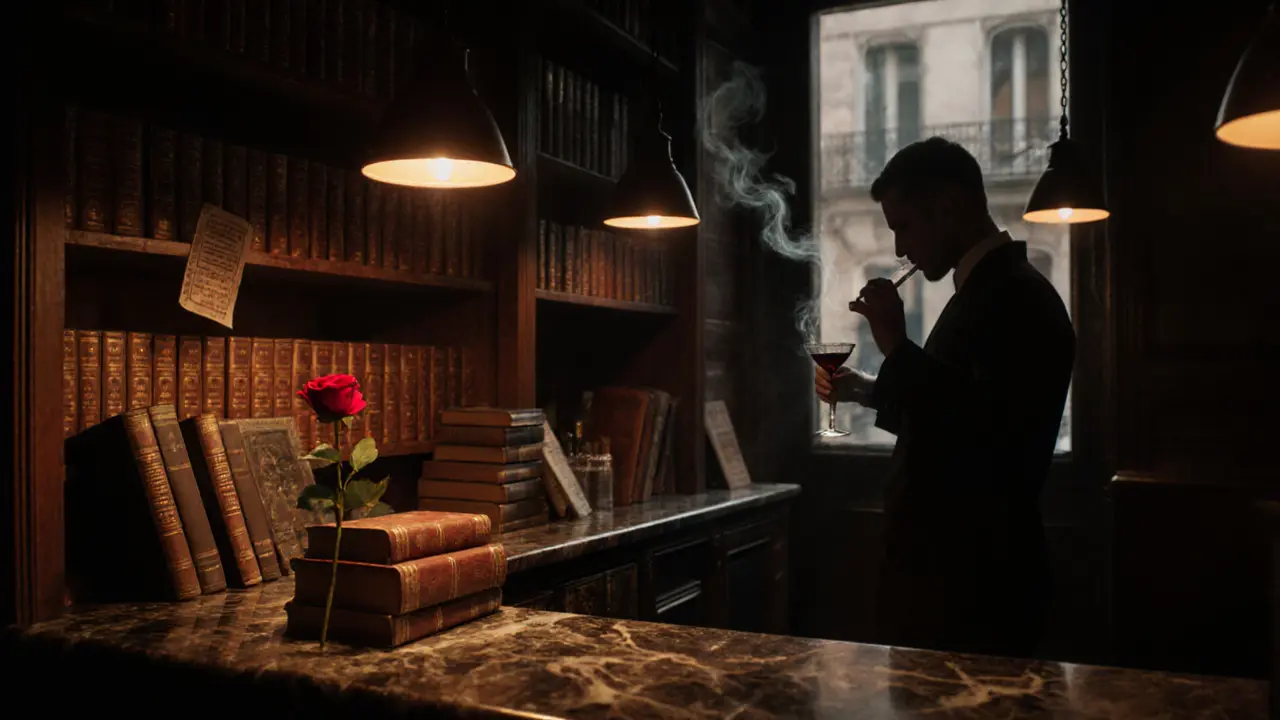
Matignon vs. Saint-Germain: Which One Feels More Parisian?
| Aspect | Matignon | Saint-Germain-des-Prés |
|---|---|---|
| Atmosphere | Quiet, elite, discreet | Intellectual, bohemian, loud |
| Best for | Secret dinners, political energy, hidden luxury | Café culture, bookshops, art galleries |
| Typical crowd | Diplomats, ministers, private collectors | Writers, artists, students, tourists |
| Food vibe | Private chefs, Michelin kitchens, tasting menus | Classic bistros, crêpes, wine bars |
| When to visit | Evening, after 7 PM | Afternoon, anytime |
Matignon doesn’t shout. It whispers. Saint-Germain sings. If you want the Paris of novels and philosophy, go to Saint-Germain. If you want the Paris that runs the country-quietly, elegantly, and with perfect timing-then Matignon is your street.
How to Experience Matignon Like a Local
You don’t need a VIP pass. You just need to know how to move through it.
- Go on a weekday. Weekends are for tourists. Weekdays? You’ll see the real rhythm.
- Wear something simple but sharp. No logos. No sneakers. Think tailored coat, leather shoes.
- Don’t take photos. Seriously. You’ll be noticed. And not in a good way.
- Ask for a table at Le Grand Véfour-the oldest restaurant in Paris, just 5 minutes away. It’s where Napoleon dined. Today, it’s where ministers go after cabinet meetings.
- Visit the Musée d’Orsay in the morning. Then walk back through Matignon as the light turns golden. You’ll understand why this place feels sacred.
What to Expect When You Visit
Expect silence. Not the kind of silence that feels empty. The kind that feels full-like the air before a storm, or the pause between two notes in a symphony.
You’ll see women in long coats walking dogs that look like they’ve been bred for elegance. You’ll hear the clink of a spoon in a porcelain cup from a hidden café. You’ll smell coffee, fresh bread, and old books.
And if you’re lucky? You’ll catch a glimpse of someone you recognize-from a movie, a news report, a book. They won’t wave. They won’t smile. But they’ll nod, just slightly, as if to say: You belong here too, for now.

Pricing and Booking: Do You Need to Pay to Get In?
No. Matignon is public. You can walk down it for free. But the real experiences? Those cost something.
- A truffle at La Maison du Chocolat: €12
- Dinner at Le Grand Véfour: €250-€450 per person (reservations required 3 weeks ahead)
- Private gallery viewing: Usually by invitation, but some galleries accept appointments for €50-€100
- Speakeasy entry: No cover charge. But you’ll need to know the password. (Ask at the concierge desk at Le Meurice hotel-they’ll help.)
There’s no ticket booth. No queue. Just a quiet understanding: if you’re here to observe, you’re welcome. If you’re here to disrupt, you won’t last five minutes.
Safety Tips: How to Stay Under the Radar
Matignon isn’t dangerous. But it’s not a place for tourists who want to be seen.
- Don’t approach anyone in a suit unless they speak to you first.
- Don’t ask for selfies with anyone. Ever.
- Don’t linger too long outside the gates of the Prime Minister’s residence. Security is invisible, but always watching.
- Keep your phone in your pocket. If you need to check something, do it inside a café.
- Respect the silence. This isn’t Montmartre. This is Paris at its most refined.
Frequently Asked Questions
Is Matignon Paris open to the public?
Yes, the street is public and open to walk through anytime. But the buildings-including the Prime Minister’s residence-are private property. You can’t enter, take photos, or linger near the gates. Respect the space. Locals do.
Can I eat at the Prime Minister’s residence?
No. The residence is not a restaurant. But you can eat at Le Grand Véfour, just a five-minute walk away. It’s where the Prime Minister has hosted state dinners. The menu changes weekly, but the duck liver parfait? Always on it.
Is Matignon worth visiting if I’m not interested in politics?
Absolutely. Matignon isn’t about politics-it’s about atmosphere. It’s about the quiet luxury of Paris that most guidebooks ignore. The architecture, the gardens, the hidden cafés, the way the light hits the cobblestones at 5 PM-that’s what makes it unforgettable.
What’s the best time of year to visit Matignon?
Spring (April-June) and early autumn (September-October) are perfect. The trees are in full bloom, the weather is mild, and the street feels alive without being crowded. Winter is quiet-almost ghostly. Summer? Too many tourists. Avoid July and August.
Are there any tours of Matignon?
Official tours? No. But some private guides offer “Secret Paris” walking tours that include Matignon as a stop. These are not advertised online-you’ll need to ask at luxury hotels like Le Bristol or Le Meurice. They’ll connect you with someone who knows the back alleys.
Final Thought: Why Matignon Stays Hidden
Paris has hundreds of streets. But only a few hold secrets that aren’t meant to be sold. Matignon isn’t a destination. It’s a feeling. A pause. A moment where the city stops pretending to be a postcard and becomes something deeper-something real.
You don’t need to be rich. You don’t need to be famous. You just need to be quiet enough to hear it.

